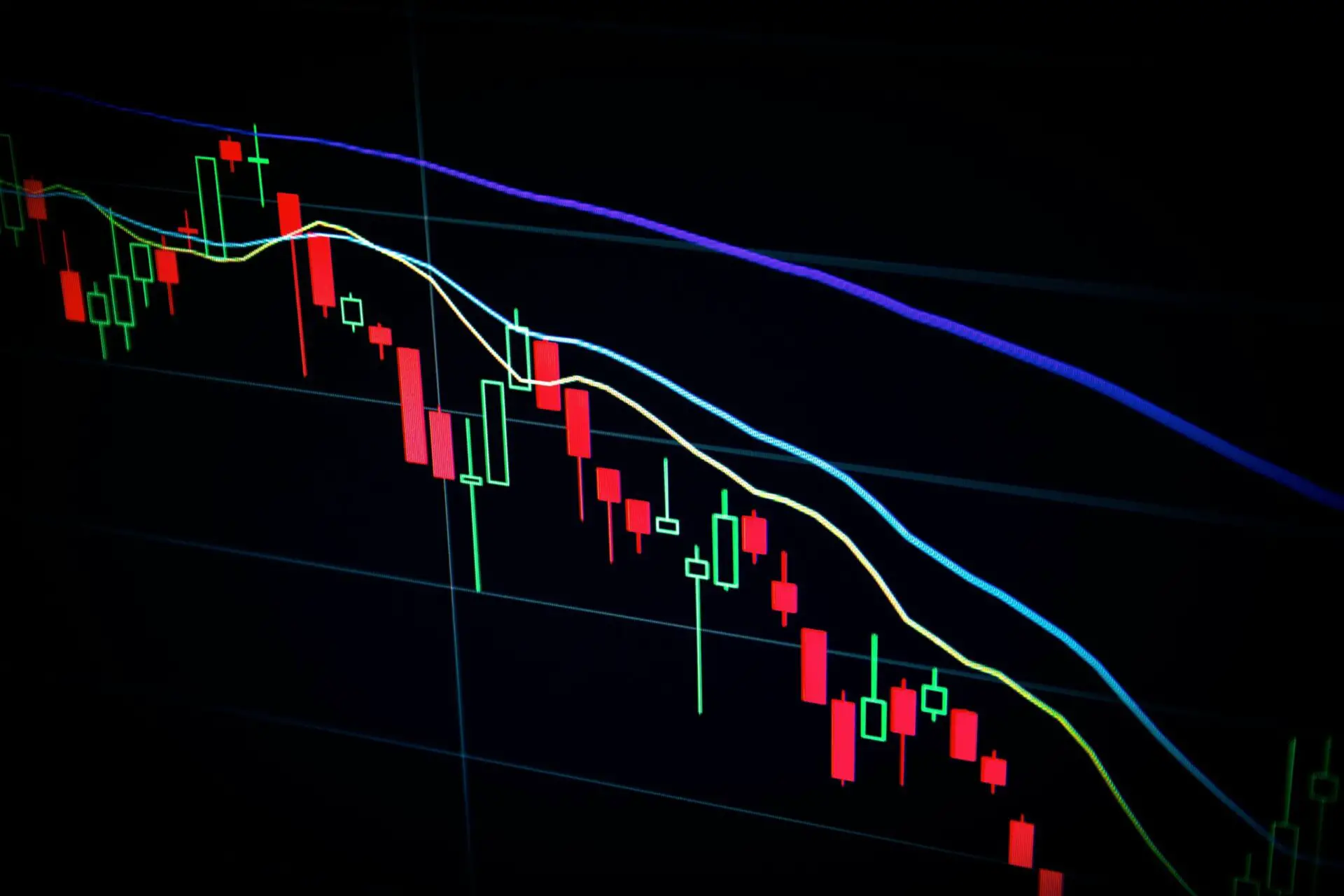When investors purchase options contracts, they use a buy to open order. It means taking a long position on a derivative. A buy to open is often associated with options trading. This type of order indicates that the investor has initiated a new transaction to purchase an options contract.
The buy to open is a term used for opening a new options contract. It is used when establishing a new options trade. An investor can buy a call or put option. Through this order, the trader or investor is gaining exposure to either an upside movement with a call or downside movement with a put.
How does it work?
Options traders can purchase (long) or sell (short) an options contract. When they buy a new contract, they use the buy to open an order.
Going long means owning an options contract outright. The investor can keep the ownership of an options contract until the next move. It gives an investor a choice of exercising the option, selling the option, or letting it lapse depending on the situation.
More often, it is used for going long on an options contract when an investor anticipates a directional price movement in the underlying asset. However, it can also be used for hedging and speculation to minimize investment risks with options trading.
Buy to open: call options
When investors anticipate a price appreciation for the underlying asset (and the option), they go long with a call option.
It is the standard form of buying a long call option. Investors use this simple strategy when they hope for price appreciation after a certain event. These events can be the announcement of dividends, patents, or new product launches.
One benefit of using a buying call options is to reduce the downside risk. The maximum possible loss with a long call options contract is limited to the premium paid only. Investors can use long call positions for profit as well as speculation purposes.
Buy to open: put options
Contrary to call options, an investor can go long with put options as well. The transaction starts with the buy to open order for a put options contract. It means to buy a put option.
Investors use buy to open with put options when they anticipate a decrease in the price of the underlying asset. It can be due to a certain event for a company internally or externally.
Investors often purchase protective puts to minimize the downside risk of stocks held in a portfolio. Therefore, put options are widely used to protect against downside risk. Investors and traders may also use put options as a hedge on a particular trade or their portfolio. However, investors also use put options for speculations and profits.
Stocks
Although a buy to open is often associated with options trading, it can also be used for stock trading. It is simply buying a stock or going long.
The transaction initiates with the buy to open when the investors purchase stocks. The position remains open until all or a few of the stocks remain with the investor.
An investor may also sell shares partially initially owned through a buy to open order. When the investors completely sell out all stocks, it is termed as closing out the transaction.
Buy to open vs buy to close
Let’s look at the differences between buy to open vs buy to close:
A buy to close option is closing out an initial transaction of selling an options contract. Investors can buy and sell options contracts.
A buy to close is used to close out a put or call options contract initially sold. Simply, it is used for closing out the short positions taken with a call or a put position.
A buy to close option is used to exit an option that was set open earlier with a sell to open order.
A buy to close order can also be used for stocks when short-selling stocks. It means buying stocks and delivering to the option holder when exiting a short position of stocks.
In short, a buy to open is used for a long call or put options initiation while a buy to close is used to close a short call or put options position.
Image source: unsplash

